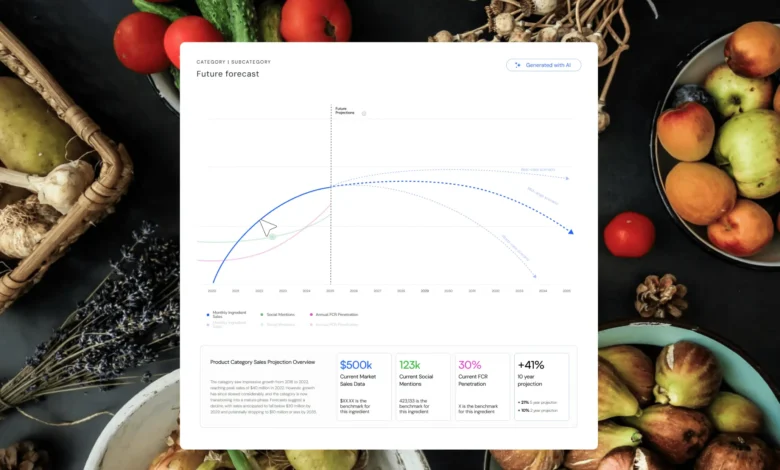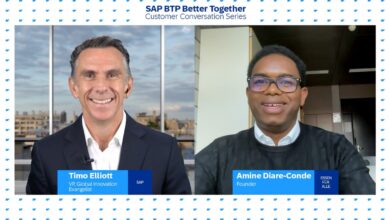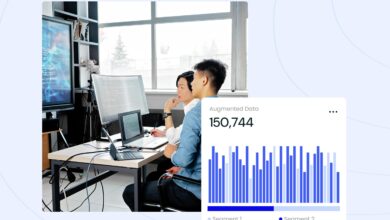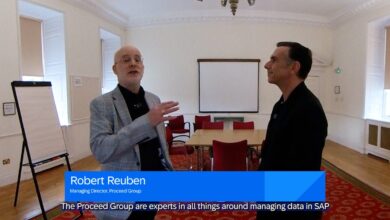The future of AI-powered insights

Managing Director, Americas
Why tradition insights won’t cut it: Your traditional research methods can’t interview an algorithm or run a focus group with software. Understanding these non-human decision makers requires entirely new approaches to consumer research.
Humans aren’t making decisions alone anymore. Every choice increasingly involves an invisible partnership with AI; what researchers call System X.
What is System X? It’s neither purely human nor purely artificial, but a hybrid intelligence where AI augments both our quick, intuitive decisions (System 1) and our slow, analytical ones (System 2).
For example: When someone uses ChatGPT to compare products or lets an AI assistant reorder groceries, the decision emerges from a complex interplay of human preference and machine processing.
Why tradition insights won’t cut it: Traditional attribution models can’t capture this collaborative decision-making.
The era of personalization (understanding who someone is) is giving way to the era of context (understanding who someone is right now).
For example: The same person who orders salad at lunch might crave pizza after a stressful meeting. Their identity hasn’t changed; their context has.
Real-time contextual intelligence draws on emotional indicators, environmental factors, physical state, and social dynamics to understand not just the consumer but their immediate reality.
Why tradition insights won’t cut it: This shift from static identity-based profiles to dynamic context requires insights delivered in milliseconds, not quarters, and insights of a fundamentally different kind.
To thrive in this transformed landscape, insights functions need to develop four core capabilities:
Understanding how AI agents perceive, decide, and learn. This means studying algorithms with the same rigor once applied to humans; their biases, their boundaries, their evolutionary patterns. It means developing “agent personas” and “algorithmic journey maps.” It means learning to speak the language of machines while preserving human wisdom.
As intelligence systems become more powerful, questions of privacy, agency, and fairness become central to insights work. This means developing frameworks for responsible data use, designing for human flourishing, and ensuring that intelligence systems enhance rather than exploit human vulnerability.
The insights function can no longer sit in a silo, delivering reports to other departments. It must become a neural network that connects and enables intelligence across the enterprise.
The insights function that successfully transforms becomes the intelligence backbone of the enterprise.
While other functions struggle to make sense of AI’s impact, you can become the sense-maker. While others wonder how to compete in an algorithm-driven market, you become the algorithm whisperer.
Looking to understand your consumers better than your competitors? Let’s talk.
For more than 15 years, Geoff has worked at the intersection of strategy, emerging technology and innovation and now leads our Americas team to lead AI strategy and build innovative AI-powered solutions. Geoff brings equal amounts of optimism and skepticism to every problem – and there’s nothing he loves more than a new problem to solve. Over the years, he has built and launched new products and businesses in consumer goods, financial services and wellness.



